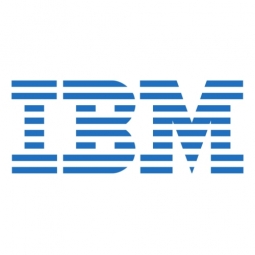IBM
Case Studies
How Blockchain helped National Association of REALTORS Improve Member Services
Overview
 |
How Blockchain helped National Association of REALTORS Improve Member ServicesIBM |

|
Application Infrastructure & Middleware - Blockchain | |
Business Operation | |
Cybersecurity | |
Operational Impact
| [Data Management - Data Accuracy] Ensures accuracy and security by keeping good records across all of the association's systems, working collectively, but are not depend on (or be exposed to failures in) partners’ systems. | |
Quantitative Benefit
Searching for member engagement now takes seconds, where it used to take hours of emails and phone calls. The pilot was developed by six associations and included contributed data from an additional four associations. In the week following the presentation of the pilot in March 2018, 51 associations asked to be part of it. | |


